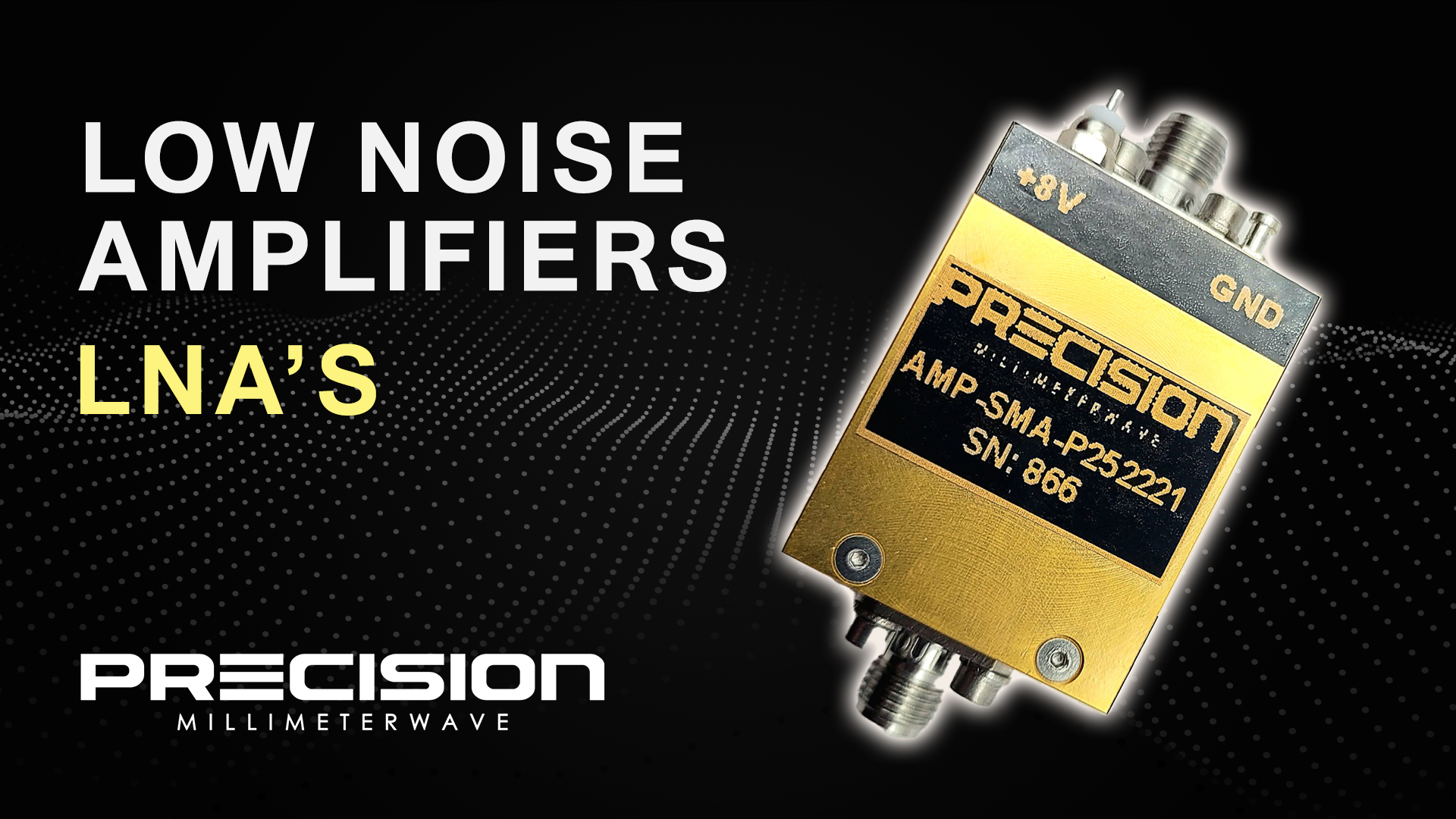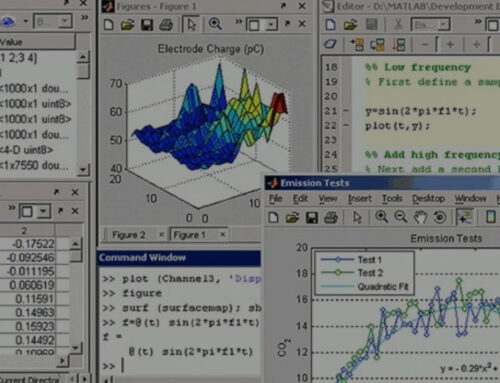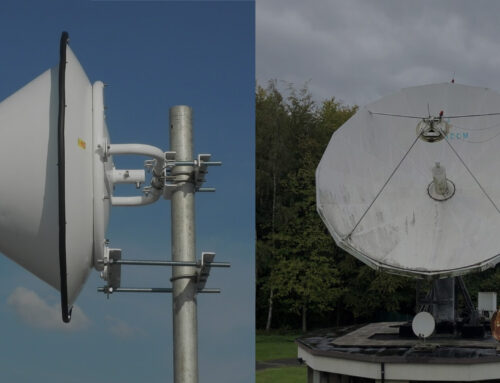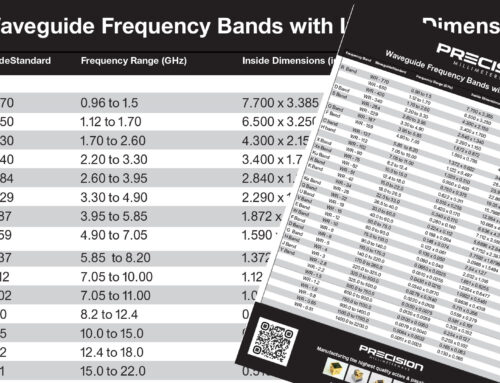Low Noise Amplifiers also known as LNA’s
 Low Noise Amplifiers (LNAs) are crucial components in the radio frequency (RF) chain of millimeter wave (mmWave) systems. They are responsible for amplifying weak signals from the antenna and feeding them to the receiver, while minimizing the addition of noise to the signal. In mmWave spectrum, the signals are weak due to high absorption and high path loss, making the selection of a suitable LNA more critical.
Low Noise Amplifiers (LNAs) are crucial components in the radio frequency (RF) chain of millimeter wave (mmWave) systems. They are responsible for amplifying weak signals from the antenna and feeding them to the receiver, while minimizing the addition of noise to the signal. In mmWave spectrum, the signals are weak due to high absorption and high path loss, making the selection of a suitable LNA more critical.
LNAs for mmWave spectrum are designed to operate in the frequency range of 30GHz to 300GHz. These frequencies are sensitive to noise and require specialized low noise amplifiers with high gain and low noise figure. A low noise figure is essential in reducing the added noise in the system and improving the signal-to-noise ratio.
There are two common types of LNAs used in mmWave spectrum applications, bipolar junction transistor (BJT) and metal-oxide-semiconductor field-effect transistor (MOSFET). BJT LNAs have a higher gain and lower noise figure compared to MOSFET LNAs. However, they are limited by the high power consumption and large size. On the other hand, MOSFET LNAs are more suitable for portable devices due to their low power consumption and compact size.
The design of LNAs for mmWave spectrum requires careful consideration of the trade-off between gain, noise figure, and power consumption. To increase the gain, the amplifier must have a large input impedance. However, this also increases the noise figure. Designers must find the optimal balance between gain and noise figure while ensuring low power consumption.
One of the challenges in designing LNAs for mmWave spectrum is the limited availability of high-frequency components. As a result, the amplifier must be designed with a low number of components, minimizing the number of parasitic elements that can add noise to the system. To overcome this, designers use monolithic microwave integrated circuits (MMICs) that integrate multiple components into a single chip, reducing the number of parasitic elements and improving the performance of the amplifier.
Low Noise Amplifiers Conclusions
LNAs play a critical role in mmWave spectrum applications. They are responsible for amplifying weak signals while minimizing the addition of noise to the signal. The design of LNAs for mmWave spectrum requires careful consideration of the trade-off between gain, noise figure, and power consumption. The use of MMICs can help improve the performance of the amplifier by reducing the number of parasitic elements. With the growing demand for high-speed communication and high-resolution imaging systems, the development of high-performance LNAs for mmWave spectrum will continue to be an active area of research and development.
Precision millimeter wave LNAs are the best option for industry RF engineers to use due to their exceptional performance and reliability. These LNAs are designed to meet the stringent requirements of mmWave spectrum applications, providing high gain, low noise figure, and low power consumption. Precision LNAs are manufactured using state-of-the-art technologies and undergo rigorous testing to ensure consistent performance.
Other RF News, Information & Resources
About Precision Millimeter Wave
We are a growing microwave & millimeter wave manufacturing & engineering company of parts, sub-assemblies and more for both passive & active based components.
Contact us for your needs.












